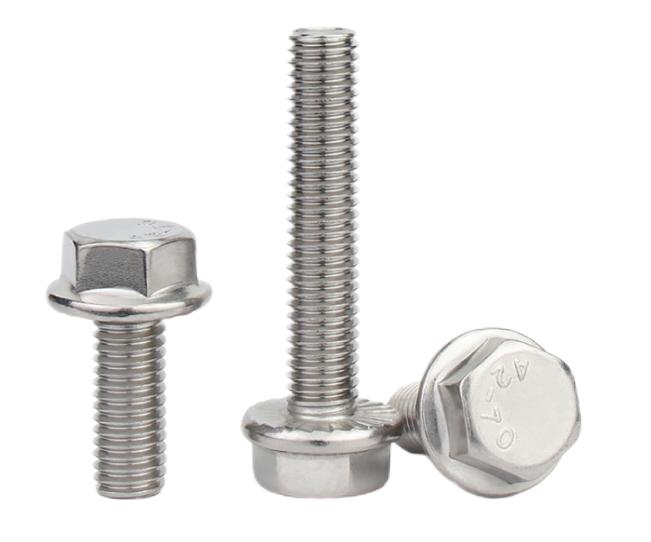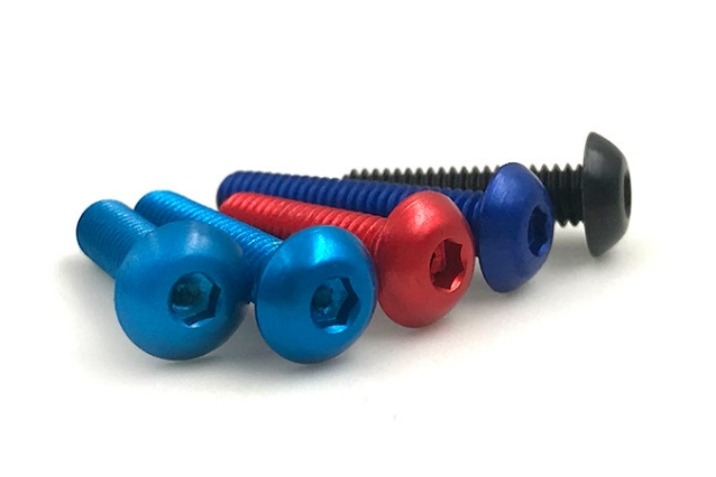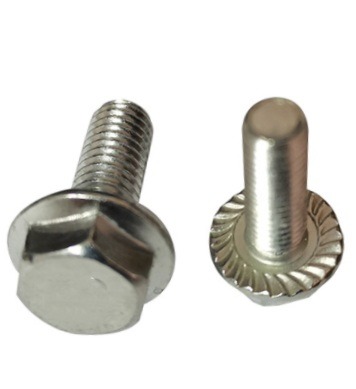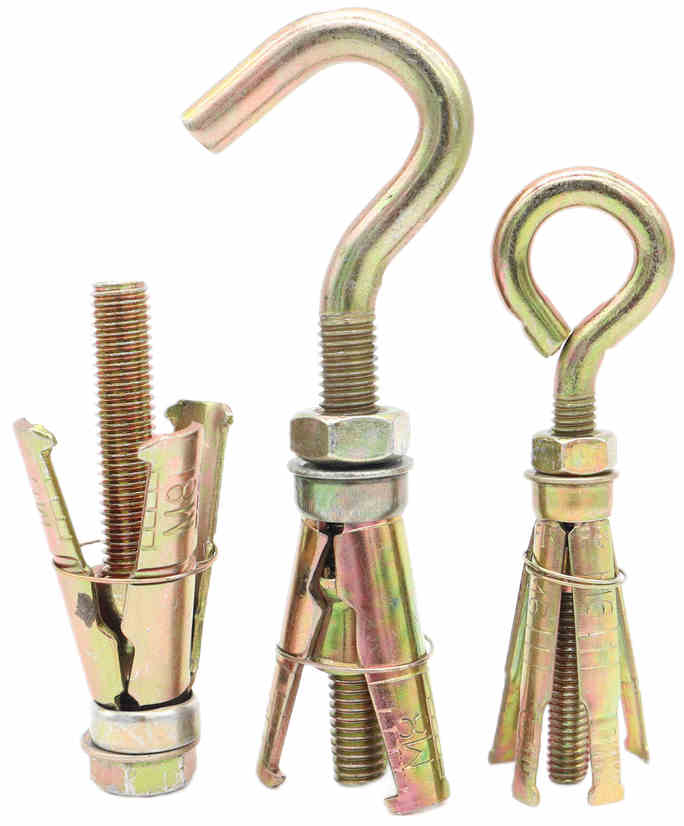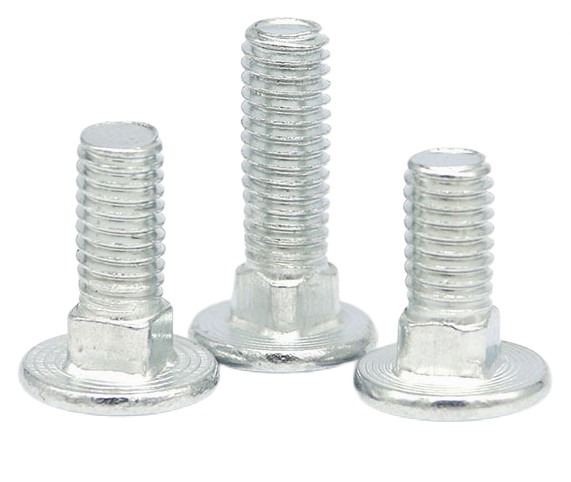What Do The Grade Markings Of Bolt And Screw Thread Mean?
Bolts are widely used in various industries and can be seen everywhere, so do you know the meaning of the grade marking on the bolts and screw thread?
What Are the Performance Grades of Bolts
The performance grade of bolts for steel structure connection can be divided into more than 10 grades, such as 3.6, 4.6, 4.8, 5.6, 6.8, 8.8, 9.8, 10.9, and 12.9. Among them, bolts of grade 8.8 and above are made of low-carbon alloy steel or medium-carbon steel with heat treatment, which is generally referred to as high-strength bolts, and the rest are generally referred to as ordinary bolts. The bolt performance grade markings consist of two figures, representing the nominal tensile strength value and yield strength ratio of the bolt material.
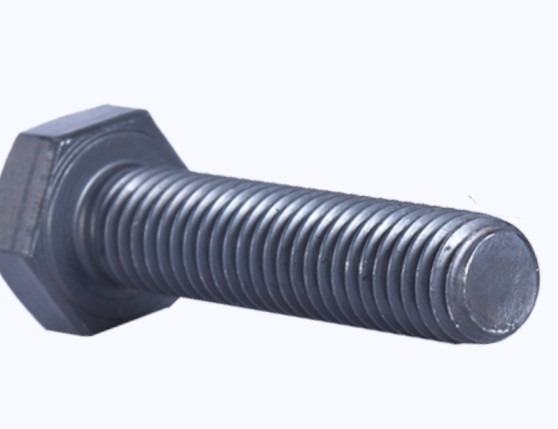
For example, the meaning of bolts with a performance grade of 4.6 is the nominal tensile strength of bolt material reaches 400 MPa and the yield ratio of bolt material is 0.6. The material of a high-strength bolt with a performance grade of 10.9 can reach the following after heat treatment. The nominal tensile strength of bolt material reaches 1000MPa and the yield ratio of bolt material is 0.9, with the nominal yield strength of bolt material reaching the grade of 900MPa.
The bolt performance grade is an international standard. Bolts with the same performance grade have the same performance regardless of their material and origin. Only the performance grade can be adopted in the design.
Generally, the strength of bolts is represented by “X. Y”. X * 100=the tensile strength of the bolt, and X * 100 * (Y/10)=the yield strength of the bolt, because yield strength/tensile strength=Y/10, according to the identification regulations.
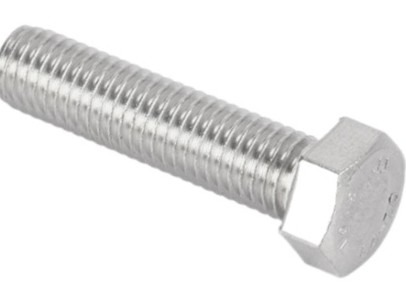
What are the Performance Grades of Screw Thread
Three common types of screw thread
The Screw thread is a shape with a uniform spiral bulge on the cross-section of the external or internal surface of a solid. According to its structural characteristics and use, it can be divided into three categories.
Common screw thread
The tooth shape is triangular, which is used to connect or fasten parts. The common thread is divided into coarse thread and fine thread according to the thread pitch, and the connection strength of the fine thread is higher.
Transmission screw thread
The tooth shapes of transmission thread include trapezoid, rectangle, saw, and triangle.
Sealing screw thread
This type of thread is used for sealing connections, mainly including pipe thread, taper thread, and taper pipe thread.
Screw thread fit
Thread fit refers to the size of loose or tight between screwed threads. The fit grade is the specified combination of deviation and tolerance on internal and external threads.
1. For the unified inch system thread, the external thread has three grades, including 1A, 2A, and 3A, and the internal thread has three grades including 1B, 2B, and 3B, all of which are clearance fit. The higher the grade, the tighter the fit. In inch screw threads, the deviation only specifies grades 1A and 2A and the grade 3A deviation is zero. The deviation of grades 1A and 2A are equal. The higher the grades, the smaller the tolerance.
Grades 1A and 1B are very loose tolerance grades, applicable to the tolerance fit of internal and external threads.
grades of 2A and 2B are the most common thread tolerance grades for inch series mechanical fasteners.
grades 3A and 3B are the most tight fit, which is formed by screwing, applicable to fasteners with tight tolerance for safety-critical design.
For external threads, grades 1A and 2A have a fit tolerance, while grade 3A does not. grade 1A tolerance is 50% greater than grade 2A tolerance and 75% greater than grade 3A tolerance. For internal threads, grade 2B tolerance is 30% greater than grade 2A tolerance. grade 1B is 50% larger than grade 2B and 75% larger than grade 3B.
2. Metric thread and external thread have three grades, including 4h, 6h, and 6g and internal thread has three grades, including 5H, 6H, and 7H.
In metric threads, the basic deviation between H and h is zero. The fundamental deviation of G is positive, and the fundamental deviation of e, f, and g is negative.
H is the common tolerance zone position of internal thread, which is generally not used as a surface coating or an extremely thin phosphating layer. The basic deviation of G position is used for special occasions, such as thicker coating, which is rarely used.
“g” is usually used for plating 6-9um thin coating. For example, if the product drawing requires 6h bolts, the 6g tolerance zone shall be used for the threads before plating.
It is better to fit the screw threads as H/g, H/h, or G/h. For refined fastener threads such as bolts and nuts, 6H/6g is recommended in the standard.
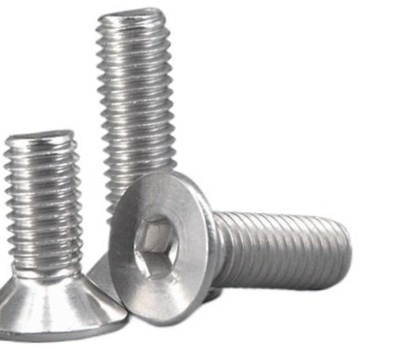
What are the Markings of Screw Thread
1. Major diameter/tooth of outer diameter (d1): it refers to the imaginary cylinder diameter with overlapping thread crown. The major diameter of the thread basically represents the nominal diameter of the thread size.
2. Minor diameter/tooth root diameter (d2): it refers to the imaginary cylinder diameter where the thread root coincides.
3. Tooth pitch (p): it refers to the axial distance of the corresponding two points of adjacent teeth on the meridian. In the imperial system, the pitch is indicated by the number of teeth per inch which equals 25.4mm.
4. Metric self-tapping screw
Specifications: ST1.5, ST1.9, ST2.2, ST2.6, ST2.9, ST3.3, ST3.5, ST3.9, ST4.2, ST4.8, ST5.5, ST6.3, ST8.0, ST9.5.
Pitch: 0.5, 0.6, 0.8, 0.9, 1.1, 1.3, 1.3, 1.3, 1.4, 1.6, 1.8, 1.8, 2.1, 2.1
5. Inch self-tapping screw
Specifications: 4#, 5#, 6#, 7#, 8#, 10#, 12#, 14#
Summary
So could you understand the meaning of the grade markings of the bolts, screws, and screw thread through the introduction of this article? Different grades with different markings indicate the different applications and functions of the fastener parts.

